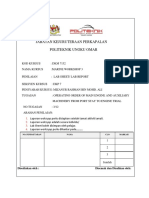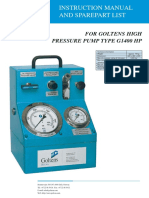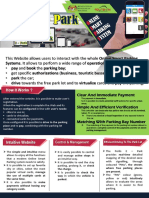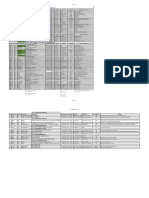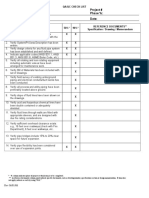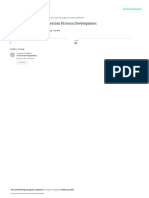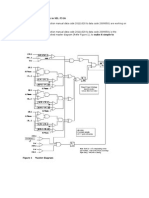0% found this document useful (0 votes)
13 views54 pagesModule 2
Module-2 introduces R programming, covering its installation, data types, variables, and various data structures like vectors, lists, matrices, and data frames. It emphasizes R's capabilities for statistical computing and data visualization, along with its open-source nature and extensive libraries. The module also details control statements, operators, and provides examples for using loops and functions in R.
Uploaded by
janhvisingh1711Copyright
© © All Rights Reserved
We take content rights seriously. If you suspect this is your content, claim it here.
Available Formats
Download as PPTX, PDF, TXT or read online on Scribd
0% found this document useful (0 votes)
13 views54 pagesModule 2
Module-2 introduces R programming, covering its installation, data types, variables, and various data structures like vectors, lists, matrices, and data frames. It emphasizes R's capabilities for statistical computing and data visualization, along with its open-source nature and extensive libraries. The module also details control statements, operators, and provides examples for using loops and functions in R.
Uploaded by
janhvisingh1711Copyright
© © All Rights Reserved
We take content rights seriously. If you suspect this is your content, claim it here.
Available Formats
Download as PPTX, PDF, TXT or read online on Scribd
/ 54































































